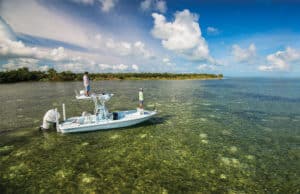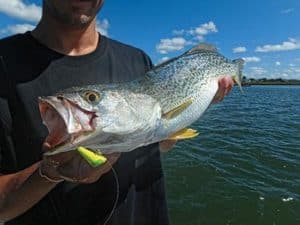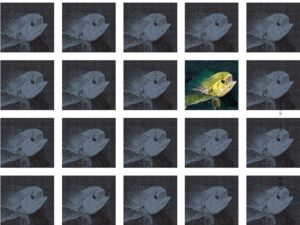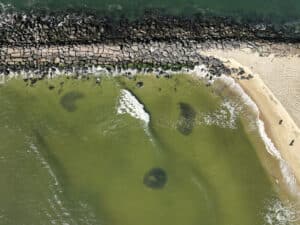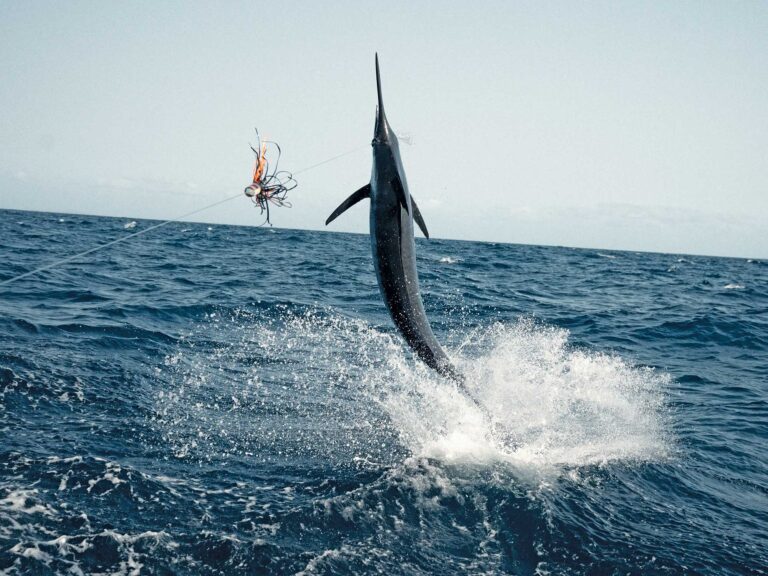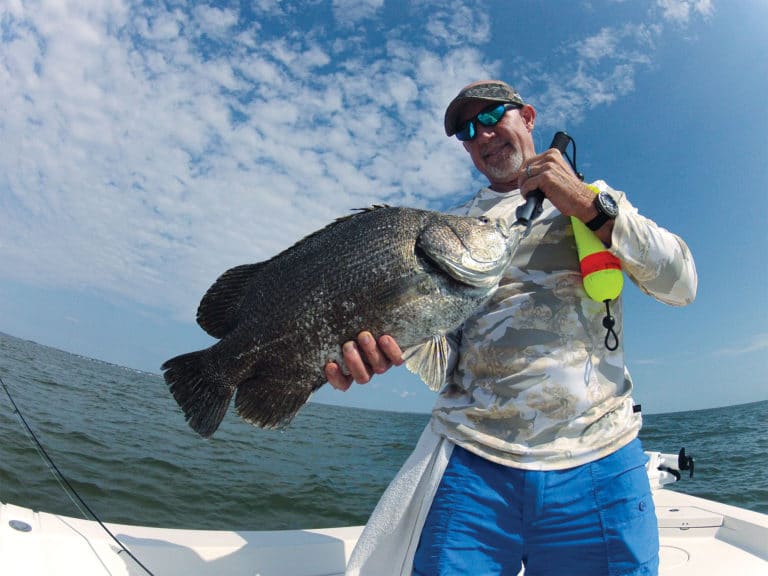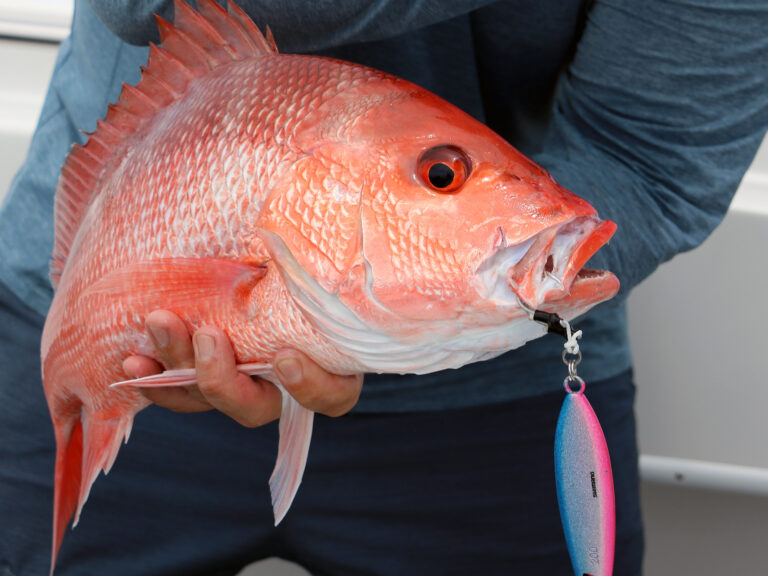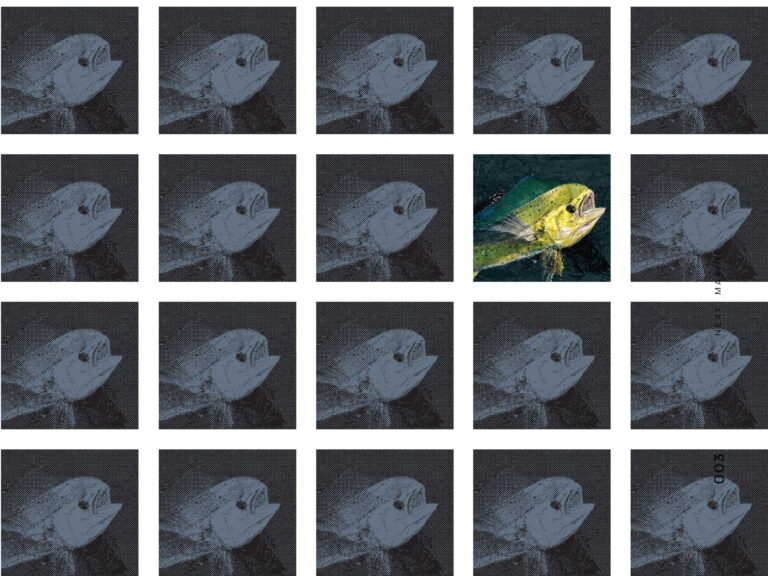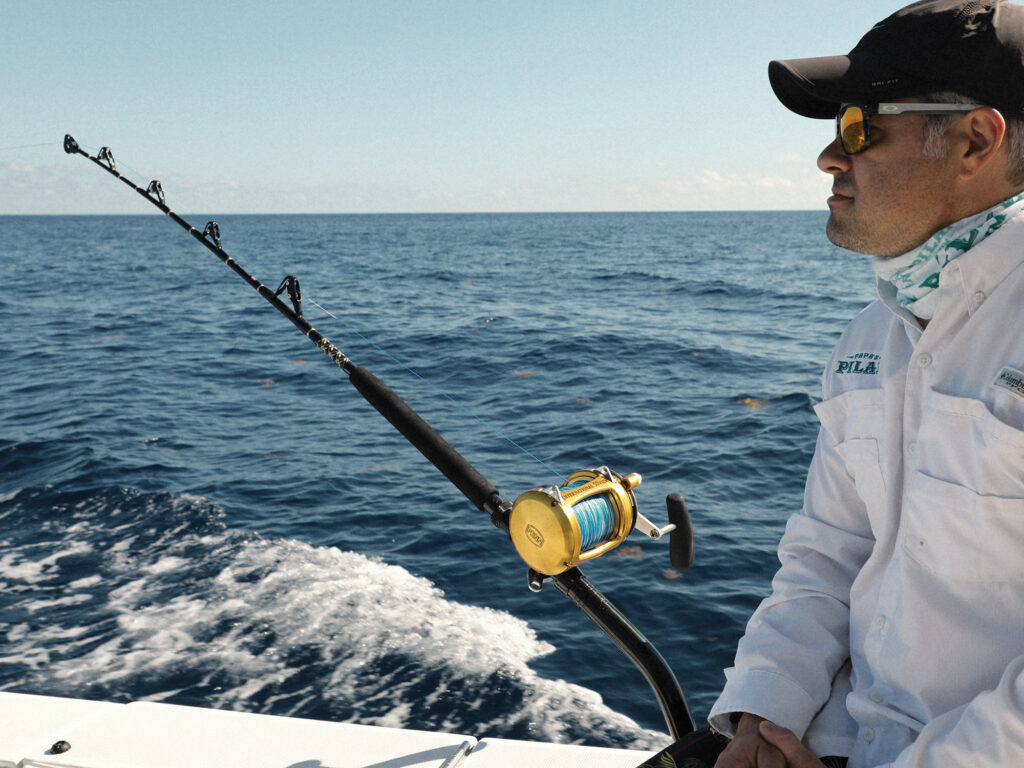
A few seasons ago, I dropped a ballyhoo-tipped 10-ounce jig along the deep edge of a Bimini reef in the Bahamas. I did not hook my intended target; instead, I found myself battling a massive shark. After fighting the fish for over an hour on 30-pound jigging tackle, I placed the outfit in a bow-mounted Lee’s swivel rod holder. It was time for the fish to wear itself out, not vice versa. I remained tight and reeled when I could, banking on the constant and heavy boat pressure to wear down the adversary. Just shy of an hour later, we released a bronze whaler that had to be 300 pounds.
Is It Cheating?
It wasn’t the most sporting way to beat the fish, but I didn’t want to burn energy and muscle on a big shark. Had it been a highly desirable species, I would have gone toe-to-fin with it for as long as it took.
Electric reel-fishing and giant tuna fishing aside, more recreational anglers are fighting fish from rod holders. Could it stem from an aging demographic? Or the lessened dangers versus strapping into a stand-up harness? Maybe the ease in beating a fish with minimal effort or simply a requirement of a specialized tactic? Sometimes, it’s a combination of all of them.
The following examples are times when straddling the gunwales makes good sense. Despite not being in accordance with IGFA rules, it’s still a widely accepted practice among non-world-record seekers. Those of us simply looking for fun and delicious table fare don’t always care how we land a fish.
Gunwale Grouper
Wire-line trolling for Bahamas grouper is an example of such a specialized tactic. It requires 0.035 (80-pound) Monel or 0.035 (90-pound) stainless-steel wire spooled to large 9/0 to 12/0 workhorse reels with steel spools. Only heavy-duty bent-butt rods can handle the wire lines. In addition to trolling dart-style leads weighing a pound or more, these outfits must withstand punishing strikes from 20- to 60-pound grouper and explosive runs back to their lairs.
Upon hookup, the captain keeps the boat trolling at 10 knots while sharply steering into deeper offshore waters. The goal: Keep the fish off-balance while dragging it away from the reefs and into deep water. This strictly gunwale-based fishing is not for the faint of heart—but it produces.
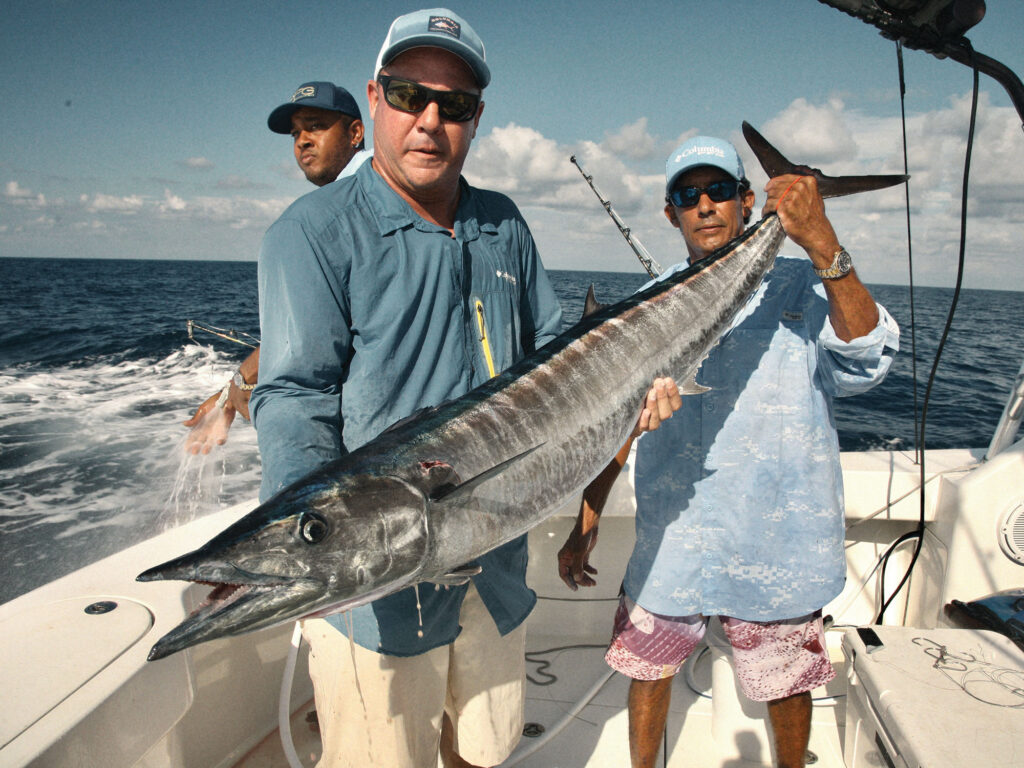
High-Speed Wahoo
Similar to grouper trolling, bent-butt outfits and reels spooled with 80-pound Monel or 100-pound braid tow lures as heavy as 32 ounces, plus equally heavy trolling sinkers, at speeds approaching 20 knots. Upon hooking up with a wahoo, an angler straddles the gunwale and cranks in the fish as the boat keeps pace for more strikes.
That angler has to crank steadily and not provide the wahoo with any slack, which may enable it to shake free of the large, heavy lure. Adding to the challenge is that the hook entry has likely widened. Yet again, this is a specialized tactic requiring specialized gear; it’s a widely accepted practice that yields good numbers of fish because more ground is covered and wahoo react favorably to fast-moving baits.
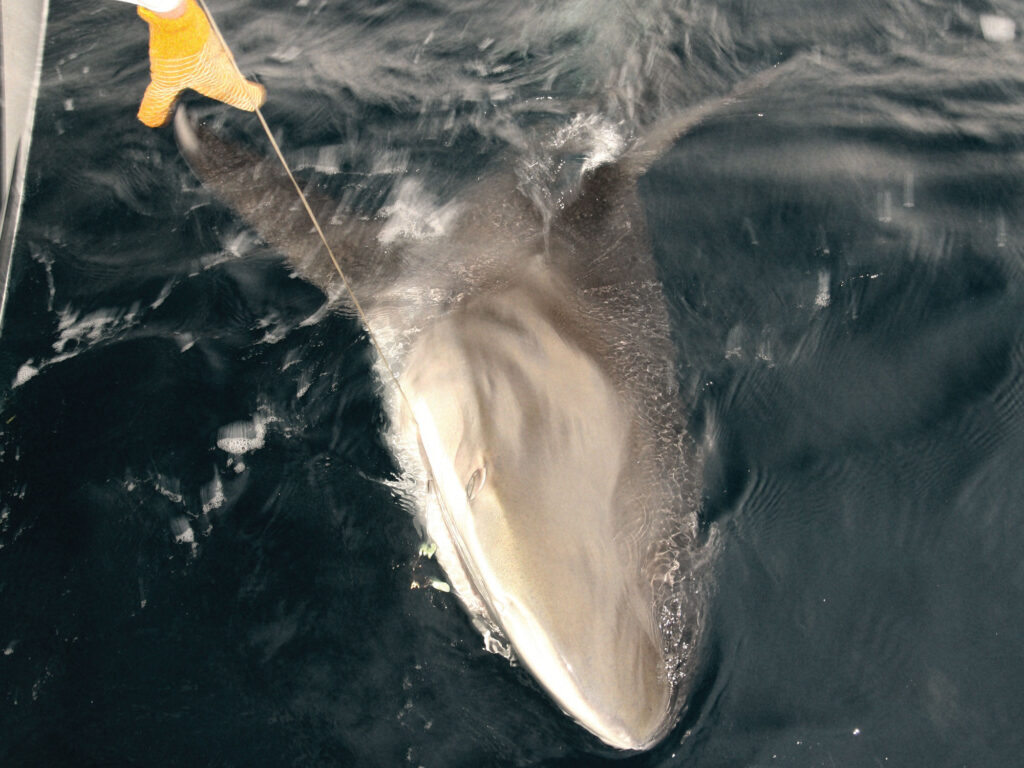
Shark Issues
The abundance of sharks is becoming a big incentive for anglers to fight more desirable fish from the gunwales. In some waters, a no-nonsense, heavy-drag, steady-cranking approach is required to avoid shark predation. One such area is the Bahamas Northwest Providence Channel, especially when targeting yellowfin tuna.
Once an excellent, relatively shark-free area to fight yellowfins on 30-pound and even lighter spin tackle, the channel has now become a heavy-tackle, gunwale-cranking fishery. The less time a hooked tuna remains in the water, the better the chances of boating it. It’s pretty much the same situation when bottom- and wreck-fishing for snapper and grouper too.
Rod-Holder Fishing
Fighting from the gunwales is advantageous in these situations due to the heavy and constant pressure applied while simultaneously cranking in line. Done correctly, a hooked fish tends to ascend in more of a straight and steady line. This creates an illusion that can appear to a shark as a non-injured fish racing to the surface, perhaps to feed. Many times, straight, fast and steady won’t evoke a sharky response.
However, with traditional pump-and-wind tactics, a hooked fish continually darts down and back up throughout the fight. This emits stronger distress vibrations and the reality of a vulnerable fish. What’s more, the pace of the fight is way slower. All this rings the dinner bell for sharks.
The Right Way to Fight
The boat is your friend when gunwale-cranking a fish. That is, it helps keep the line tight on a fish throughout the cumbersome cranking routine typical of wahoo and grouper trolling. The goal is to keep cranking steadily.
However, when drift- or still-fishing, the bend in the rod from a nearly vertical fight helps keep pressure on a fish; this enables an angler to catch a quick breather. A rhythm will soon develop where the dipping and slight raising of the rod tip enables gaining line consistently.
Pulling on the line ahead of the reel with one’s noncranking hand helps make it easier to crank it onto the reel. Again, a learned rhythm makes it easier, and a gloved hand is a must when dealing with braided line.
Read Next: How Many Rod Holders Does a Boat Need?
What You’ll Need
Dave Workman Jr., proprietor of Strike Zone Fishing in Jacksonville, Florida, sells a lot of high-speed wahoo tackle. “Obviously, top-tier gunwale rod holders are necessary for this style of fishing,” Workman says. “Make certain the designated rod holders are heavy-duty, swivel-oriented and well-braced with backing plates. Inferior holders can rip free under heavy pressure. I also suggest long aluminum bent rod butts, not short ones. Short ones can fly out of holders during a high-speed strike.”
Workman recommends AFTCO aluminum rod butts, but also points out that Winthrop has an adjustable butt dubbed the Terminator that converts from a straight to a bent position for gunwale fishing. Winthrop’s T-10X is a 10-position adjustable butt for 80- and 130-pound-class gunwale-only fishing. With adjustable bent butts, a line’s angle of entry into the water and fighting attitudes can be fine-tuned.
Workman also suggests a leash on all gunwale-based fishing outfits, whether high-speed trolling, drifting for swordfish and tuna, or even bottomfishing. Leesh-It is one such company specializing in main lines and leashes strictly for high-speed trolling and gunwale fishing.
“People have been using more 50-pound-class reels for high-speed trolling,” Workman says. “However, it’s a lot easier to crank an 80-pound-class reel due to their broader profiles. It’s also a bit more comfortable to handle when straddle fishing. Regardless, make sure these reels have low-gear options. Lower gearings equate to more cranking power; it’s a lot easier to turn the handle and gain line on a fish while the boat is moving forward. It’s all about having the proper setups for gunwale fishing.”

